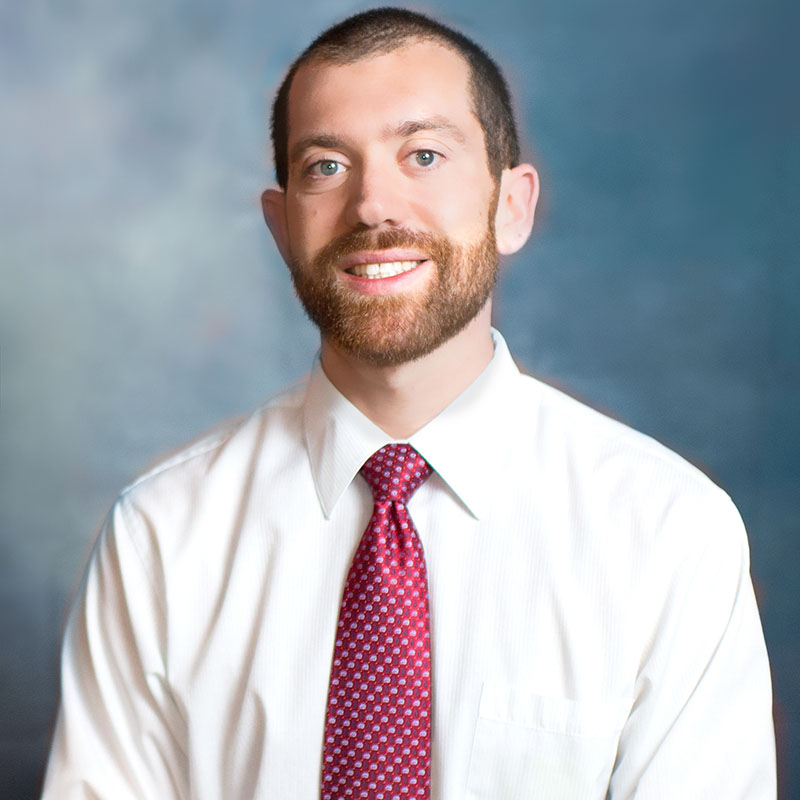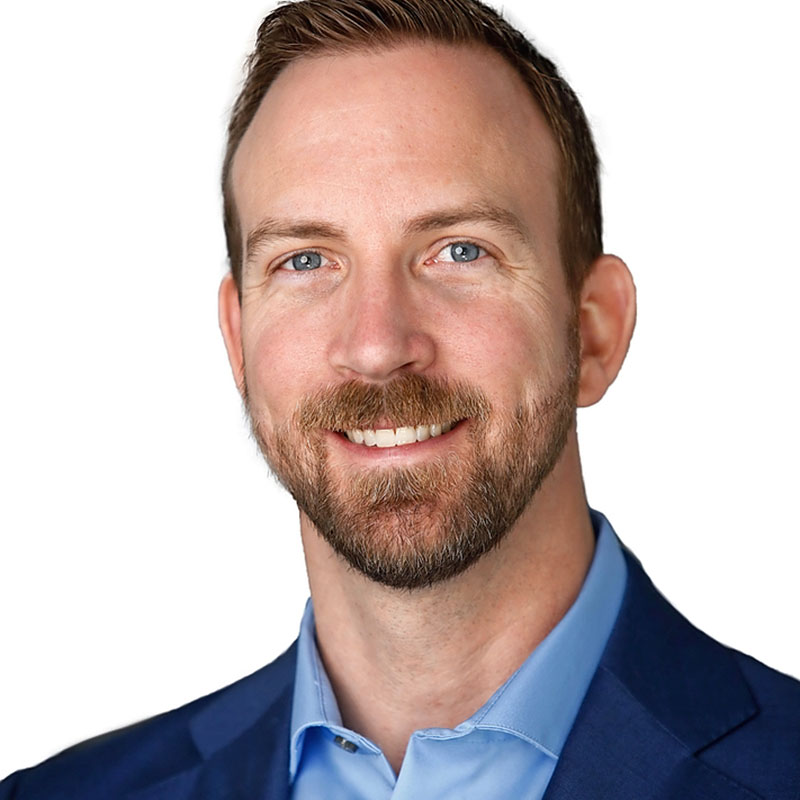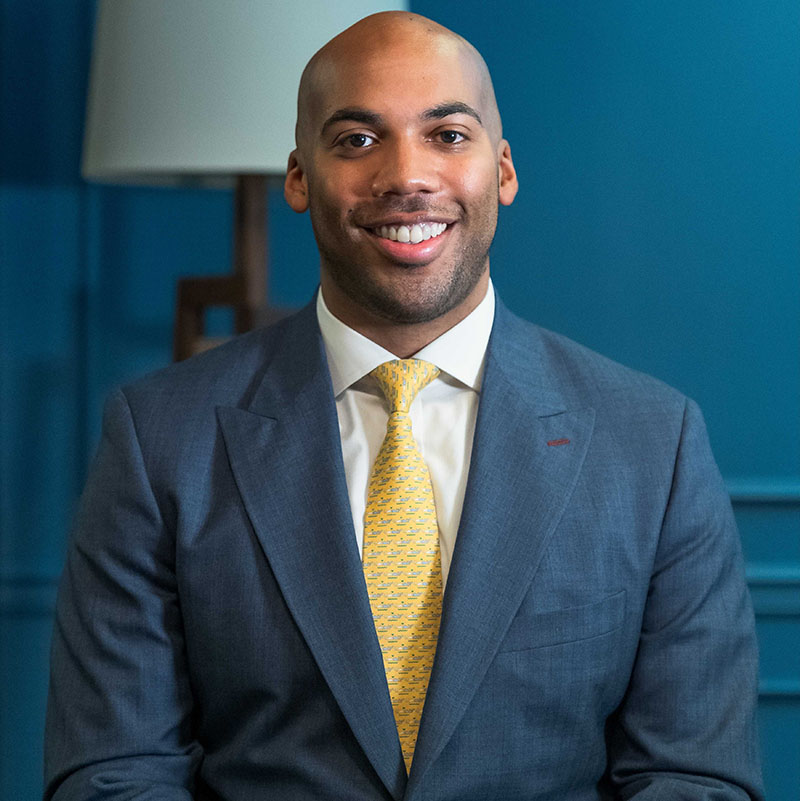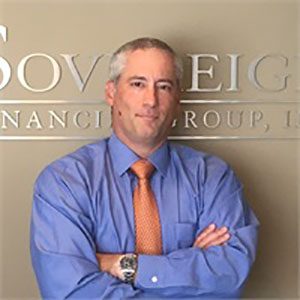On March 11, 2020, the World Health Organization declared the global coronavirus outbreak officially a pandemic.
For many advisors, it seems like more than just 365 days have passed. Advisors guided clients through a market meltdown and rebound, provided advice via countless hours of video calls, juggled home schooling and loneliness—sometimes even while coping with personal tragedies in their own circle of friends or family.
Now, as vaccines are distributed around the world and advisor conference planners permit themselves a glimmer of hope for 2021, it’s becoming clearer just how the pandemic changed the industry.
For advisory firms, few areas were affected more than their reliance on technology. The remote work environment functioned as a stress test, revealing strengths and weaknesses of the technology many had been using for years: Some made drastic changes, while others relied even more heavily on tools already in place.
Reflecting on a grim anniversary, advisors are taking stock of the tech that really stood out as the best—and what could have been a lot better.
Michael C. Whitman
Millennium Planning Group
Pittsboro, N.C.
 For Michael Whitman’s $7 million AUM practice, the piece of technology that positively rose above the rest was fact-finding and workflow automation tool Precise FP. “I’ve saved hundreds of hours over the last year using PreciseFP,” said the 11-year veteran of financial services. He offers broker/dealer services via Lincoln Financial Securities, and even though Lincoln had not officially approved PreciseFP for its platform, Whitman went out on a limb and picked it up as the pandemic was beginning to take hold.
For Michael Whitman’s $7 million AUM practice, the piece of technology that positively rose above the rest was fact-finding and workflow automation tool Precise FP. “I’ve saved hundreds of hours over the last year using PreciseFP,” said the 11-year veteran of financial services. He offers broker/dealer services via Lincoln Financial Securities, and even though Lincoln had not officially approved PreciseFP for its platform, Whitman went out on a limb and picked it up as the pandemic was beginning to take hold.
PreciseFP uses customizable client engagement templates to more efficiently gather and enter client data into an advisor's system.
“I decided to take that jump and use it specifically when the pandemic happened. It was so much easier than hosting a Zoom meeting just to gather data—only to follow up with another meeting or two to actually get into providing financial advice and services,” he said.
What didn’t cut muster for Whitman was financial form and library tool LaserApp. “We’ve used LaserApp for seven years, and it hasn’t noticeably changed over that time,” he said. He said he would drop it if he could afford to replace its functionality with PreciseFP, but because of his affiliation with Lincoln Financial, he still finds himself using it.
When looking for the forms he needs to complete, the tool’s search functionality is clunky, he said, and he ends up wasting time looking for them. An overhaul of the tool would make his life easier, he said.
Ashley Dixon
Gen Y Planning
Colorado Springs, Colo.
 Like many advisors over the past year, Ashley Dixon cited Zoom as the single best piece of technology that proved its worth. The firm manages around 100 client households and has employees located in Iowa, Florida and Texas, in addition to Colorado.
Like many advisors over the past year, Ashley Dixon cited Zoom as the single best piece of technology that proved its worth. The firm manages around 100 client households and has employees located in Iowa, Florida and Texas, in addition to Colorado.
The firm was using Zoom before the pandemic and that didn’t change as the global situation deteriorated.
“Our clients benefited from having experienced Zoom through their relationship with our firm” prior to the pandemic, she said. “When [clients] suddenly found themselves working remotely, they had the leg up over their peers.”
While 2020 may have seemed like a breakout year for financial planning applications, Dixon’s team continued to be underwhelmed with the planning software on the market, she said. In the past year and a half, the firm rotated through trials and demos of five different planning tools—RightCapital, eMoney Advisor, Envestnet | MoneyGuide, NaviPlan and Elements. None provided the “visually appealing [and] right amount of education that does not bore our clients,” she said. Instead the firm relies on financial calculators and Excel files to support planning recommendations.
Matt Stephens
AdvicePoint LLC
Wilmington, N.C.
Zoom also proved to be the most valuable tech for Matt Stephens, a 13-year veteran of the financial advice industry. Stephens’ firm, which has $52 million in AUM, first started using Zoom five years ago to advise clients living in other states. The tool’s potential really came into focus, he said, when he was able to continue operating remotely during Hurricane Florence in 2018.
 The pandemic presented a similar—albeit lengthier—situation, he said. “I originally thought life would get mostly back to normal in the summer [of 2020],” he said. “When it didn’t, that’s when I knew it would be a longer-term situation. Our tech definitely smoothed the transition.”
The pandemic presented a similar—albeit lengthier—situation, he said. “I originally thought life would get mostly back to normal in the summer [of 2020],” he said. “When it didn’t, that’s when I knew it would be a longer-term situation. Our tech definitely smoothed the transition.”
Financial planning was a source of frustration for Stephens.
“The eMoney client portal is the main way we stay on the same page with clients and makes collaborating easier,” he said. But the tool seems like it hasn’t seen enough investment, he said, particularly when it comes to reports.
“They’re really showing their age, now,” he said. “If they really want to make a splash, open up and integrate more deeply with other tech to make it a better hub for advisors.”
Stephens has looked at replacing eMoney with RightCapital or AssetMap, and he likes what he sees as a cleaner profile and faster design, but it hasn’t quite been enough to convince him to make a move.
Meg Bartelt
Flow Financial Planning
Bellingham, Wash.
In a year of remote working, the tool most important for Meg Bartelt and her five-year-old firm was Zoom. “Not that it's an unusual answer, but ... we have been happily using it for several years now,” she said. “I was very happy—and somewhat surprised—that we didn't experience any diminution in service when the entire world started using it in March 2020.”
While much has been made of software, Bartelt said tech hardware deserves attention in the pandemic, too. Already operating as a “virtual” firm that serves 53 clients with $43 million in AUM, Bartelt said the right hardware can actually make or break a remote work setup. She said her wired internet connection and a backup power supply, called an uninterrupted power supply, or UPS, is vital to providing uninterrupted service.
 “I have these in order to minimize the chance that my internet connection will be laggy, spotty or accidentally cut off,” she said. “Those things happen to my clients—and colleagues—quite frequently. But I feel I have to hold my firm to a higher standard. Clients aren't serving me, after all.”
“I have these in order to minimize the chance that my internet connection will be laggy, spotty or accidentally cut off,” she said. “Those things happen to my clients—and colleagues—quite frequently. But I feel I have to hold my firm to a higher standard. Clients aren't serving me, after all.”
The tool that faceplanted during the pandemic was Toggl, a software designed to track hours worked with clients for regulatory purposes. “We stopped trying to use it within the last year,” she said. “This has nothing to do with being a virtual firm or the quarantine. And I don't necessarily think it's Toggl's fault, we just found it too onerous in our daily workflow.” Ultimately, the same tracking could be done in the firm’s CRM software, she said.
Jason Ray
Zenith Wealth Partners
Philadelphia
 While some advisors found their financial planning software providers to be “zeros” during the pandemic, Jason Ray said RightCapital was the best piece of technology he’s used over the past year.
While some advisors found their financial planning software providers to be “zeros” during the pandemic, Jason Ray said RightCapital was the best piece of technology he’s used over the past year.
“They have rolled out a number of updates that have significantly improved the platform over the past year, which has been excellent to experience and use. We are excited about our future with them,” he said. The 100 clients his firm serves benefit from the visually appealing financial plans and document sharing services at RightCapital, he added.
The tool that failed Ray during the pandemic, he said, was portfolio and management reporting tool Oranj, which shut down at the end of 2020, leaving Ray looking for an alternative.
“Their platform was relatively unchanged during 2020,” he said. “We realized they did not offer all of the portfolio management features that we desired, particularly portfolio accounting and billing. However, we planned to work around that until their announcement to close was made.”
The tool’s demise led the firm to Bridge, a new portfolio accounting and reporting system.
Charles “Chuck” Failla
Sovereign Financial Group
New York
 Like many of his peers, Chuck Failla turned to videoconferencing solution Zoom after it became evident that his firm would need a client communication tool to weather the pandemic. In fact, the $500 million-AUM firm did a six-figure upgrade to its tech stack in 2020 and Zoom was deemed the “No. 1 most critical” component, he said.
Like many of his peers, Chuck Failla turned to videoconferencing solution Zoom after it became evident that his firm would need a client communication tool to weather the pandemic. In fact, the $500 million-AUM firm did a six-figure upgrade to its tech stack in 2020 and Zoom was deemed the “No. 1 most critical” component, he said.
“Zoom has allowed us to maintain a relatively normal connection with our clients,” he said. “If were not for Zoom our clients would not have been as at ease as they were.”
The firm normally runs about 10 in-person events annually for clients, he said, and pre-COVID-19 used the event-scheduling site Eventbrite to manage invites and calendars. “We had no need for our Eventbrite system at all during COVID,” he said, noting that the firm continued doing virtual events, but opted to schedule them via Zoom.
As the “new normal” comes into focus, Failla and his firm will continue to take a more digital approach to client gatherings, he said, livestreaming in-person events once it is safe to do so.
“We’re really looking forward to that,” he added. “We’ll go back to our regular in-person event schedule. However, we plan to make those hybrid events.”





